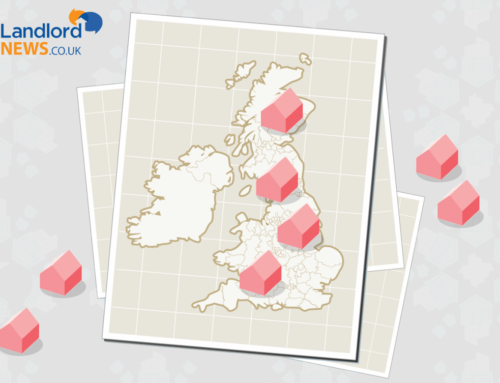Home » Uncategorised »
Landlords’ LTVs are Getting Lower and Lower
This article is an external press release originally published on the Landlord News website, which has now been migrated to the Just Landlords blog.


Landlords’ LTVs are Getting Lower and Lower
Gearing amongst landlords remained low in the first quarter (Q1) of the year, with the average loan-to-value ratio (LTV) decreasing by 2% to 35%, according to the latest PRS Trends Report from Paragon Mortgages, which is based on interviews with 203 experienced residential landlords.
68% of landlords now have borrowings of less than half the value of their investment property portfolios and, since Q2 2012, average gearing has reduced significantly from 42%, suggesting that the private rental sector is de-leveraging and has been for some time.
On average, landlords spend 30% of their rental income on mortgage payments, with almost half (43%) in Q1 2017 saying that they spend less than a quarter.
Landlords with buy-to-let mortgages must remember that, from Thursday 6th April, the amount of mortgage interest that they can offset against tax will be cut.
Although buying intentions remain subdued, there has been no large-scale sell off by landlords, reports Paragon. The size of the average portfolio is 13 properties – unchanged from Q4 2016 – and the forecast is stable, as landlords indicate that they do not expect their portfolios to change in size over the next 12 months.
The average value of landlords’ portfolios also remained unchanged, at £1.7m, following a sharp increase in Q4 2016, and is now reaching its highest ever level. 25% of landlords expect their portfolio value to rise in the next 12 months, while just 8% think it will decline.
According to Paragon’s panel, demand for rental properties has eased in the past three months, with 38% of landlords saying tenant demand is growing or booming. However, sentiment remains historically high, with almost half (46%) of landlords believing that tenant demand will increase over the next 12 months.
The Managing Director of Paragon Mortgages, John Heron, says: “Average gearing is low and getting lower, and this long-term de-leveraging demonstrates just how financially conservative buy-to-let landlords are. Looking ahead, it’s realistic to expect this downward drift in gearing to continue as the Prudential Regulation Authority’s new buy-to-let underwriting standards take effect.
“Our PRS Trends Report indicates a resilient sector in Q1 2017 but, as the mortgage interest rate tax changes filter through between now and 2021, landlord confidence may be eroded further, which could well result in a reduction in the supply of property to the sector and, in turn, higher rents.”




